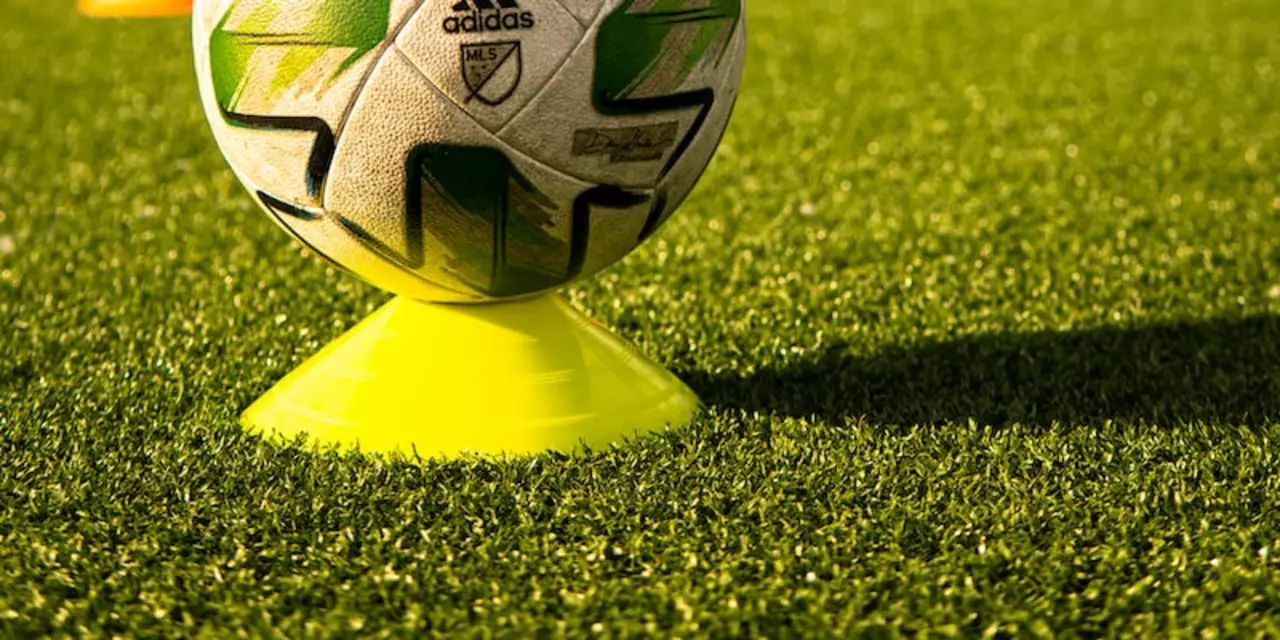
Soccer cleats are a must-have for any soccer player. They provide extra traction and stability on the field, enabling athletes to move faster and more confidently. But do you need spikes on your soccer cleats? In this blog post, we’ll explore the benefits of soccer cleats with spikes and how they can enhance your game.
The Benefits of Soccer Cleats with Spikes
Spikes on soccer cleats provide extra grip and traction on the field. This can be especially helpful in wet, muddy, or slippery conditions. Spikes also help to increase stability and reduce the chances of slipping while running or making sudden changes in direction. In addition, spikes can help to reduce the amount of wear and tear on the cleats, as they provide more surface area for contact with the ground.
Spikes also offer increased grip and control when shooting or passing the ball. The spikes dig into the ground, creating more stability and allowing you to make powerful and accurate passes and shots. In addition, spikes reduce the amount of force needed to make a pass or shot, making it easier on the player.
Types of Soccer Cleats with Spikes
There are several different types of soccer cleats with spikes available. The most common type is the molded cleat, which features molded rubber studs. These are ideal for players who need extra grip and traction on the field. For more experienced players, metal studs offer better traction. The metal studs are also more durable, so they are a great option for players who play in wet or muddy conditions.
In addition, there are different types of spike patterns available. Some cleats have a combination of round and conical studs for a mix of traction and stability. Others feature blades or chevrons for increased grip on the field. So, when choosing soccer cleats with spikes, you should consider the type of field and your playing style to determine what type of pattern is best for you.
Conclusion
Spikes on soccer cleats can provide extra grip and stability on the field. They increase traction and reduce the amount of force needed to make a pass or shot. There are several different types of soccer cleats with spikes available, so you should consider the type of field and your playing style to determine what type is best for you.
Are you a soccer player looking for the right cleats with spikes to give you an edge on the field? Choosing the right soccer cleats with spikes can make a big difference in your game. Here is a guide on how to choose the right spikes for your soccer cleats:
1. Consider the Type of Field You Play On
The first step in choosing the right soccer cleats with spikes is to consider the type of field you play on. Different types of fields require different types of cleat patterns and spikes. For example, soft ground cleats are designed for playing on wet, muddy fields, and have long, conical studs that provide traction and stability. Hard ground cleats, on the other hand, are designed for dry, hard surfaces, and have shorter, round-shaped studs that provide traction while avoiding damage to the playing surface.
2. Choose the Right Spike Length
The second step in choosing the right soccer cleats with spikes is to choose the right spike length. The longer the spike, the more traction you'll have, but the higher risk of injury to the foot or ankle. It's important to find the right balance between traction and safety. Generally, it's best to go with a shorter spike if you play on soft ground and a longer spike if you play on hard ground.
3. Consider Your Position
The third step in choosing the right soccer cleats with spikes is to consider your position. Different positions require different types of cleats. For example, strikers require cleats with shorter, lighter spikes that provide maximum speed and agility. Midfielders need cleats with longer, heavier spikes that provide stability and traction. Goalkeepers need cleats with flat studs that provide maximum grip on the ground.
4. Try Them On
The final step in choosing the right soccer cleats with spikes is to try them on. Make sure that the cleats fit comfortably and securely on your feet, and that the spikes are not too long or too short for your position. Also, make sure to test the cleats on a playing surface similar to the one you will be playing on to ensure that they provide the traction and stability you need.
Write a comment